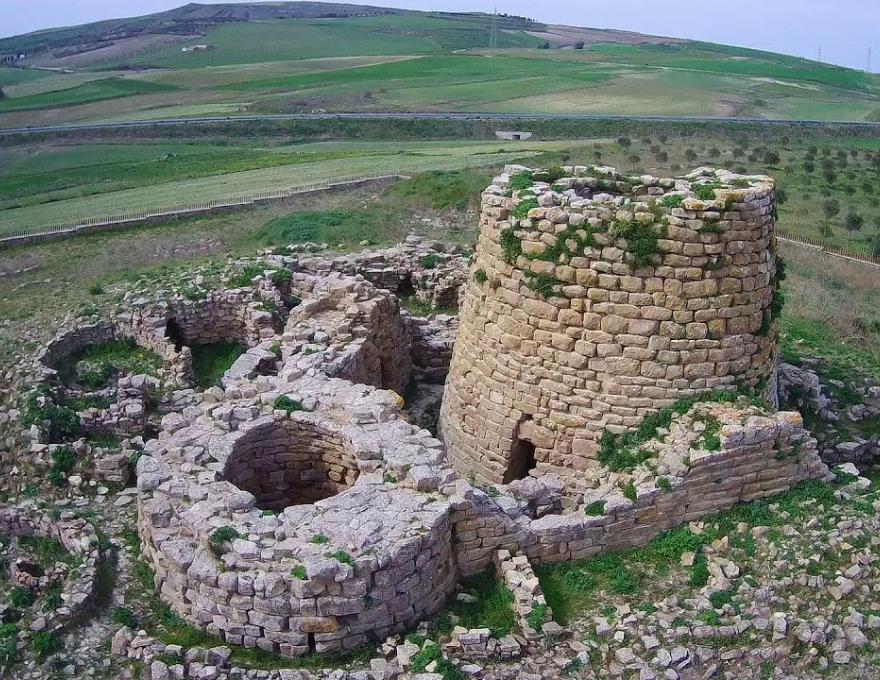It is the most majestic and well-preserved archaeological evidence not only of Suelli, a center with a glorious episcopal past, but of the whole Trexenta, in southern Sardinia.The Piscu nuraghe, dated between 1400 and 1000 BC. (between the Middle Bronze and the Late Bronze Age) is a complex type nuraghe built with blocks of worked calcareous marl, formed by a main tower, a bastion with four towers at the corners built in a later phase. On the courtyard, which is accessed through a corridor, there are the entrances to the three secondary towers that give access to circular rooms with niches and slits. Around the nuraghe, there is a village made up of numerous circular and quadrangular huts. On the courtyard, which is accessed through a corridor, there are the entrances to the three secondary towers that give access to circular rooms with niches and slits.
Please contact the property by phone



